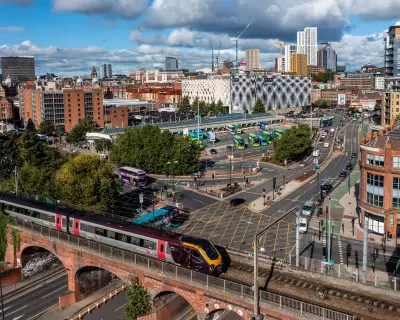
Europe is on the verge of a transportation revolution that will fundamentally reshape how travellers move between major cities across the continent. Starting in 2026, a comprehensive network of high-speed and overnight rail services will begin connecting over 100 European destinations in what's being described as a 'European Tube' system.
The Continental Connectivity Project
This ambitious initiative represents the most significant expansion of European cross-border rail in decades. Rather than building entirely new infrastructure, the project focuses on integrating existing and upcoming services into a cohesive network that prioritises frequency, speed and convenience.
The vision extends beyond simply moving between capital cities. The network will connect secondary cities and regional hubs, making rail travel a practical alternative to short-haul flights for millions of Europeans and visitors alike.
Key Routes Transforming European Travel
Several flagship services will form the backbone of this new network:
- Paris to Berlin: High-speed services will slash journey times to under seven hours
- Amsterdam to Barcelona: New direct connections will bypass traditional transfer points
- Nightjet Expansion: Austrian Railways' overnight services will extend to Brussels, Paris and beyond
- Eurostar Growth
Environmental Impact and Travel Benefits
This rail revolution promises substantial environmental benefits by providing a genuine alternative to carbon-intensive short-haul flights. The European Commission estimates that shifting just a fraction of air passengers to rail could reduce transport emissions by millions of tonnes annually.
For travellers, the advantages extend beyond environmental concerns:
- City-centre to city-centre connections eliminate airport transfers
- More generous luggage allowances than airline restrictions
- Enhanced productivity with reliable Wi-Fi and comfortable workspaces
- Reduced overall travel time when accounting for airport security and check-in
The Future of European Integration
This network represents more than just transportation infrastructure—it's a tangible manifestation of European integration. By making cross-border travel as straightforward as commuting within a single city, the project aims to strengthen economic, cultural and social ties across the continent.
The initial services launching in 2026 will be just the beginning, with plans already underway for further expansion into Eastern Europe and additional connections to Scandinavia and the Mediterranean region.
This coordinated approach to continental rail travel marks a significant step toward a more connected, sustainable and accessible Europe for future generations.





